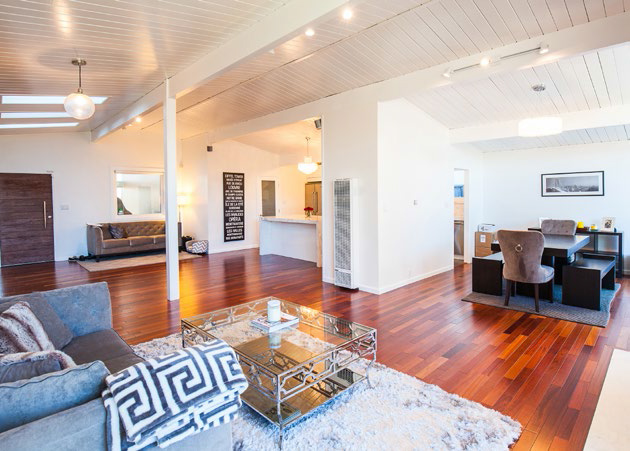Forgotten by the Bay - Page 3
 |
|
|
 |
 |
|
|
The Bay and lagoons are the city's major attraction—and reason for existence. Since 1900, the area known today as Foster City served as hayfields and salt evaporation ponds. The area was diked off at the birth of the 20th century by Frank Brewer, and known thereafter as Brewer Island.
When the Fosters discovered the site, they saw "a vast meadow, 3,000 acres, over four square miles, completely flat and not a tree on it," T. Jack Foster, Jr. wrote.
T. Jack, Sr., a self-made man from Texas whose firm had projects in several states, was nearing retirement and wanted a signature project for his sons to take on.
But the muddy, slushy Brewer Island was challenging—too challenging for San Mateo's pioneering mid-century developer David Bohannon, who told T. Jack, Sr. "that it had never occurred to him that it would be possible for it to be developed," T. Jack, Jr. wrote.
Foster, Sr. and a partner bought an option on the site in 1958.
There was a political hurdle as well. By 1961 the group Save the Bay had formed to stop just this sort of bay fill, which environmentalists feared would soon turn San Francisco Bay into a narrow river.
The environmentalists ran an effective campaign. While the Fosters—brothers Dick and Bob were also part of the team—were figuring out how to stabilize the land (pump in lots of sand and compact it hard), and provide roadways and amenities, politicians and activists were crafting a law to ban any more development on the bay.
The Fosters managed to squeeze their city in, though, by getting legislators to specify that the law would not halt their project.
Although Eichler was only one of three tract developers chosen to inaugurate Foster City, with the first homes selling in 1963, in some ways Eichler was most representative of the Fosters' goals.
The Fosters decided early on that they would sell to blacks and other minorities—even before the state's Rumford Act went into effect in 1966, banning discrimination in housing. T. Jack, Jr. appreciated that Eichler was well known for not discriminating in any of his tracts.
"With one stroke," Foster wrote in his history, "by bringing Eichler into Foster City we effectively announced to the world that no one would be denied the opportunity to own a home in Foster City because of race."
T. Jack, Jr. also believes Eichler's ads in San Francisco's Chinese newspapers attracted many Chinese families to the new city. Foster City remains heavily Asian to this day.
T. Jack, Jr. enjoyed his dealings with the Eichlers, first with Joe's son Ned and then, after Eichler Homes' bankruptcy, when Joe returned to building under a different company, with Joe himself.
"I got a huge kick out of working with him," Foster said in the interview. "He was fun. Warm and friendly."
One appeal of the Foster City Eichlers, from the start to today, has been price. The Fosters offered building sites for low prices, so builders were able to offer bargains to buyers.
Roger Chinn, an architect who says his family was the 85th or 86th buyer in the city, says he was seeking an Eichler in several peninsula neighborhoods. "This was the only one we could afford."
Houses were selling at the start for $28,500 to $30,950.




